Brady Snyder from XDA enjoys using the Apple iPod Classic music player in 2024, but is hindered by issues with a device that is over 20 years old. Therefore, he added an SSD, USB-C port, and Bluetooth to the 2008 iPod Classic.
One of the best ways to extend the life of an old computer or portable gadget is to replace the hard drive it came with with an SSD. iPod Classic players originally had a 1.8" HDD, and iPod Mini had a 1" HDD. Portable devices often fell, banged, and shook, causing many mechanical data storage devices to fail. The enthusiast used an iFlash SATA board to connect a 512GB Kingston M.2 drive to the hard disk connector.
Disassembling a sixth or seventh generation iPod is "one of the most complex teardown processes you'll ever do." iFixit gave the process of replacing the iPod Classic hard drive the highest possible rating of "very difficult." There are warnings at almost every stage, and the whole process can take up to two hours. However, installing the iFlash SATA board is easier. It has a DDK Zif connector that connects to the iPod's hard drive ribbon cable, and it features an M.2 slot with SSD fasteners in place. It also comes with a thermal pad to help cool the SSD.
"There are obvious drawbacks to consider when thinking about equipping the iPod Classic with an SSD. Only certain drives are supported, and they can overheat. In many cases, using an SSD with an iPod is actually slower than using a microSD card. Not every iPod works well with such a large amount of memory. Only some models of the fifth generation iPod Video and seventh generation iPod Classic can even recognize such a memory capacity, and memory constraints reduce the number of songs that can be stored. It was a fun project, but I would recommend to everyone who takes their old iPod out of the drawer to upgrade it with a microSD card instead of SSD."
A more practical upgrade is the modification kit from Moonlit Market, which adds USB-C and Bluetooth to the iPod Classic. Unfortunately, the SSD upgrade and the USB-C/Bluetooth modification are incompatible without creating a special housing that takes into account the thickness of all the components. The kit includes several things that make it unique. First of all, the process does not involve soldering. A special board connects to the standard audio jacks and iPod battery connectors. Also, nothing needs to be disassembled from the iPod Classic. Many previous implementations of Bluetooth or USB-C on iPods remove the headphone jack or the 30-pin connector.
The Moonlit Market kit does not include clips, so glue is needed to attach the board to the case. Also, the Bluetooth connection can sometimes be interrupted, even after taking measures to reduce interference, such as removing the electromagnetic shielding behind the display.
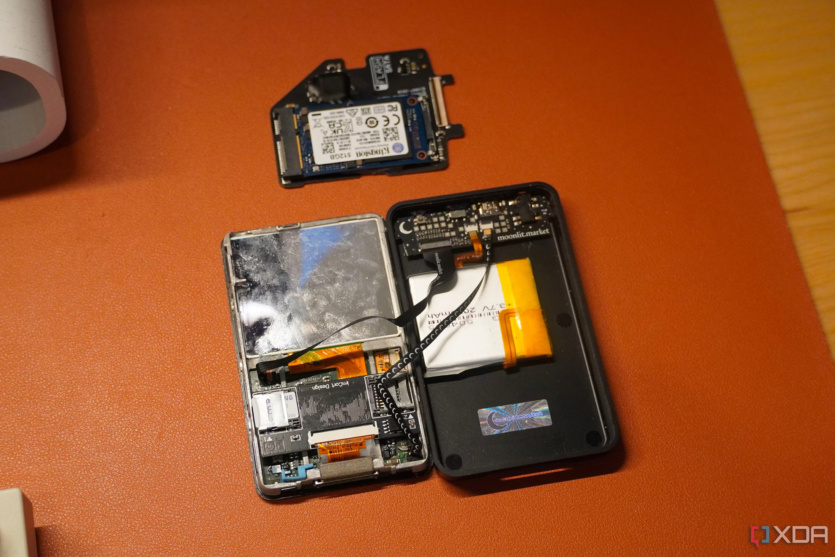
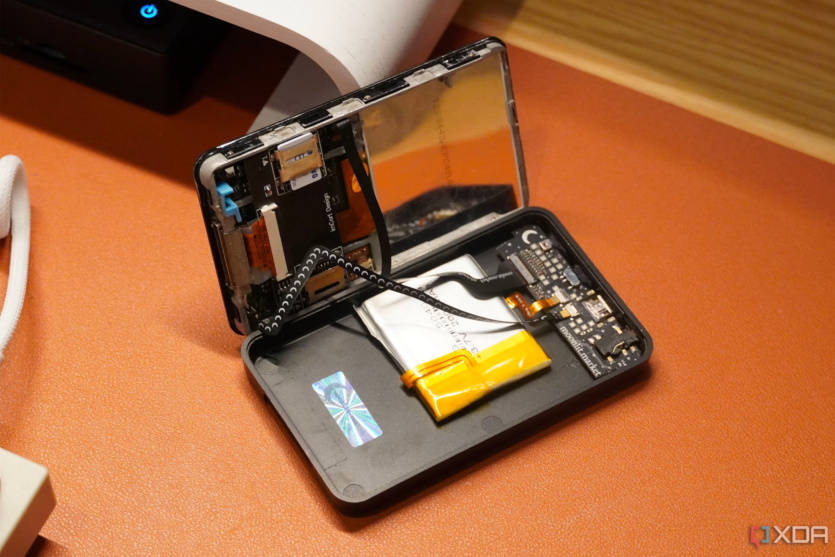
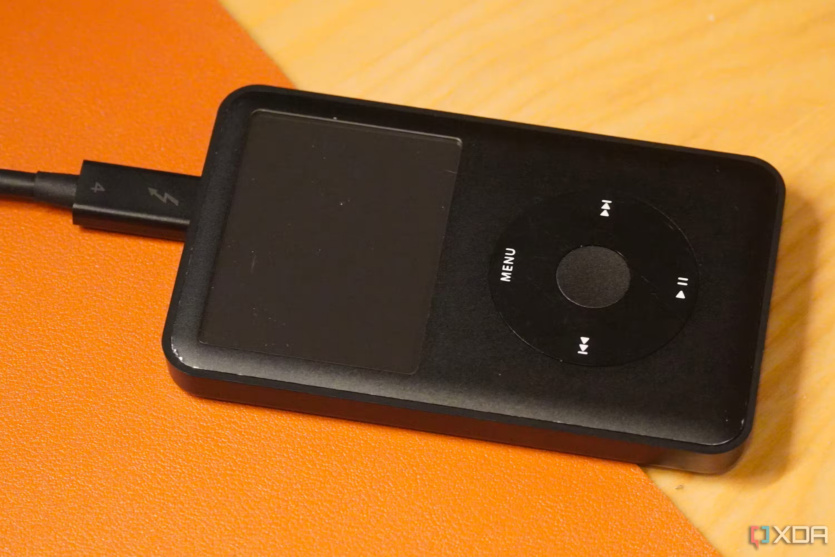
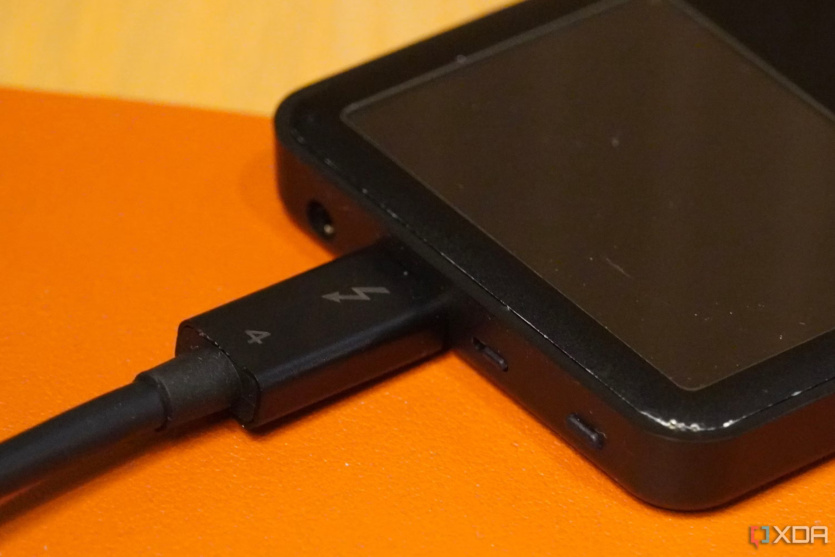
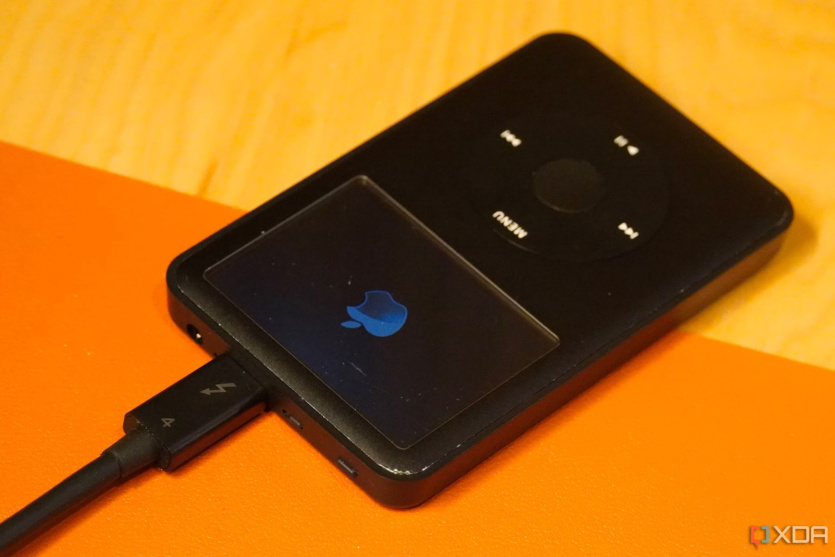
Overall, the most useful upgrade was the USB-C update. There are almost no drawbacks, as you can use the USB-C port for charging or the old 30-pin connector. If three more wires are soldered, the USB-C port can also be used for data transfer. Brady Snyder says that using an Apple iPod in 2024 is "fun" and does not provide any practical arguments against it.






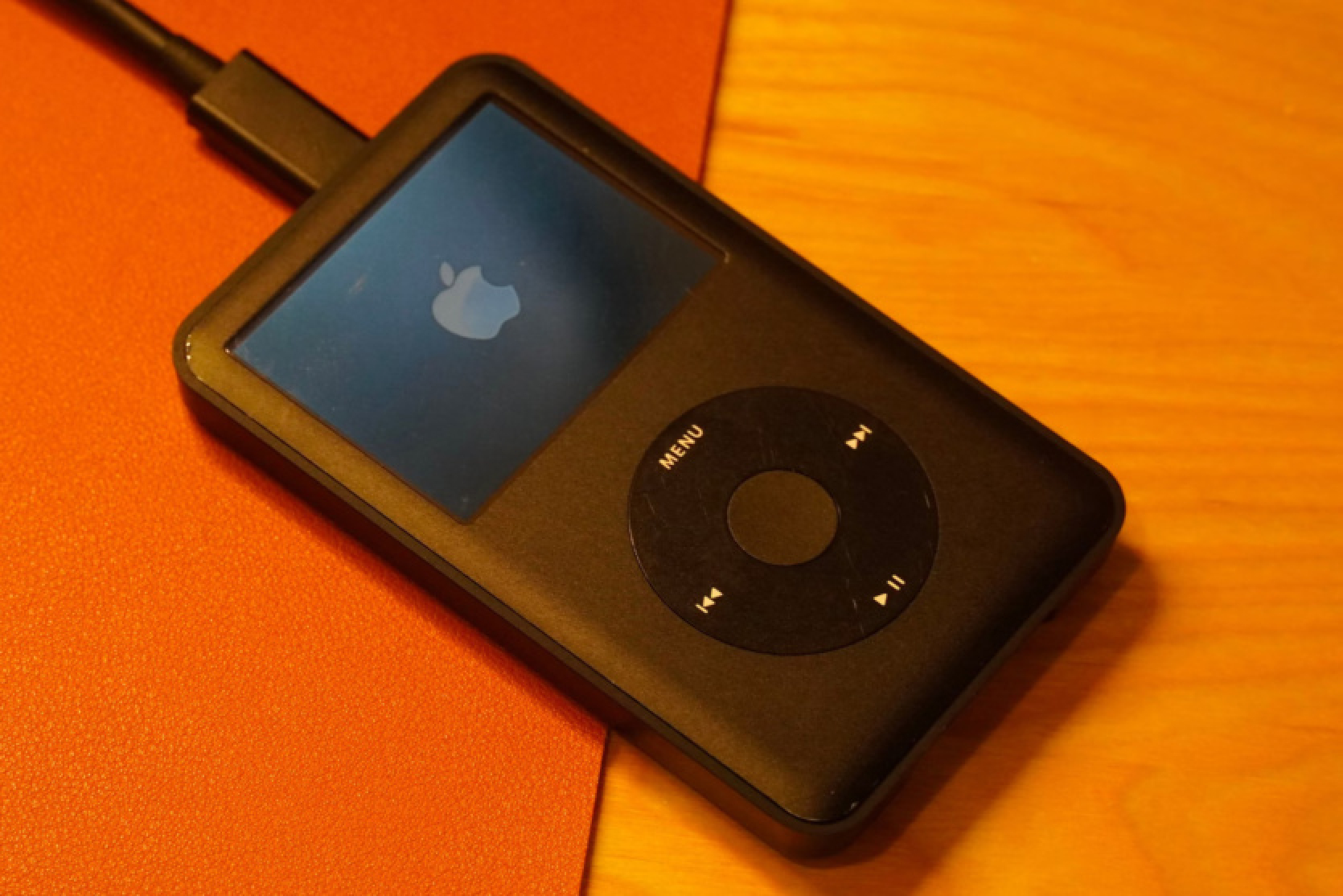


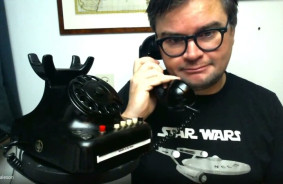


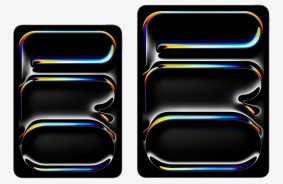
Comments (0)
There are no comments for now